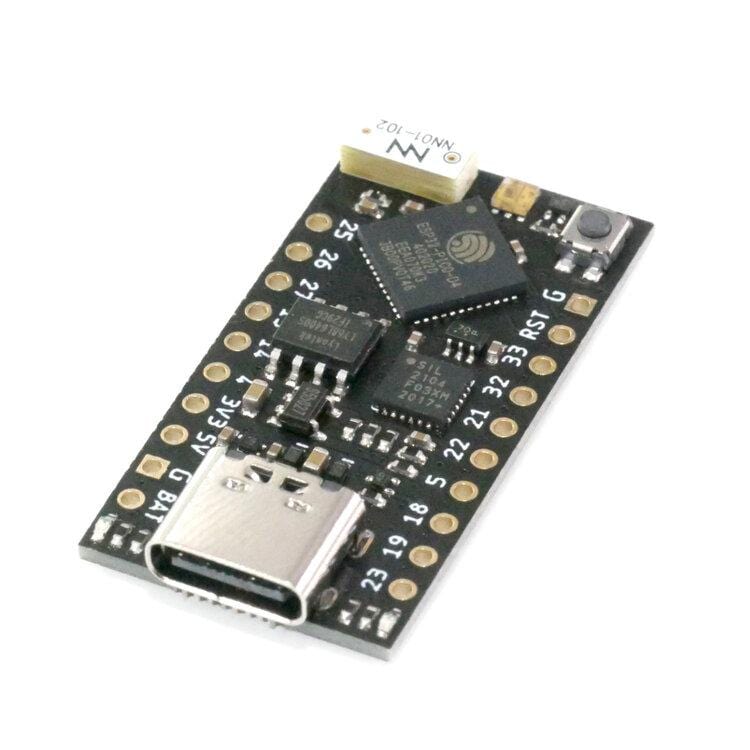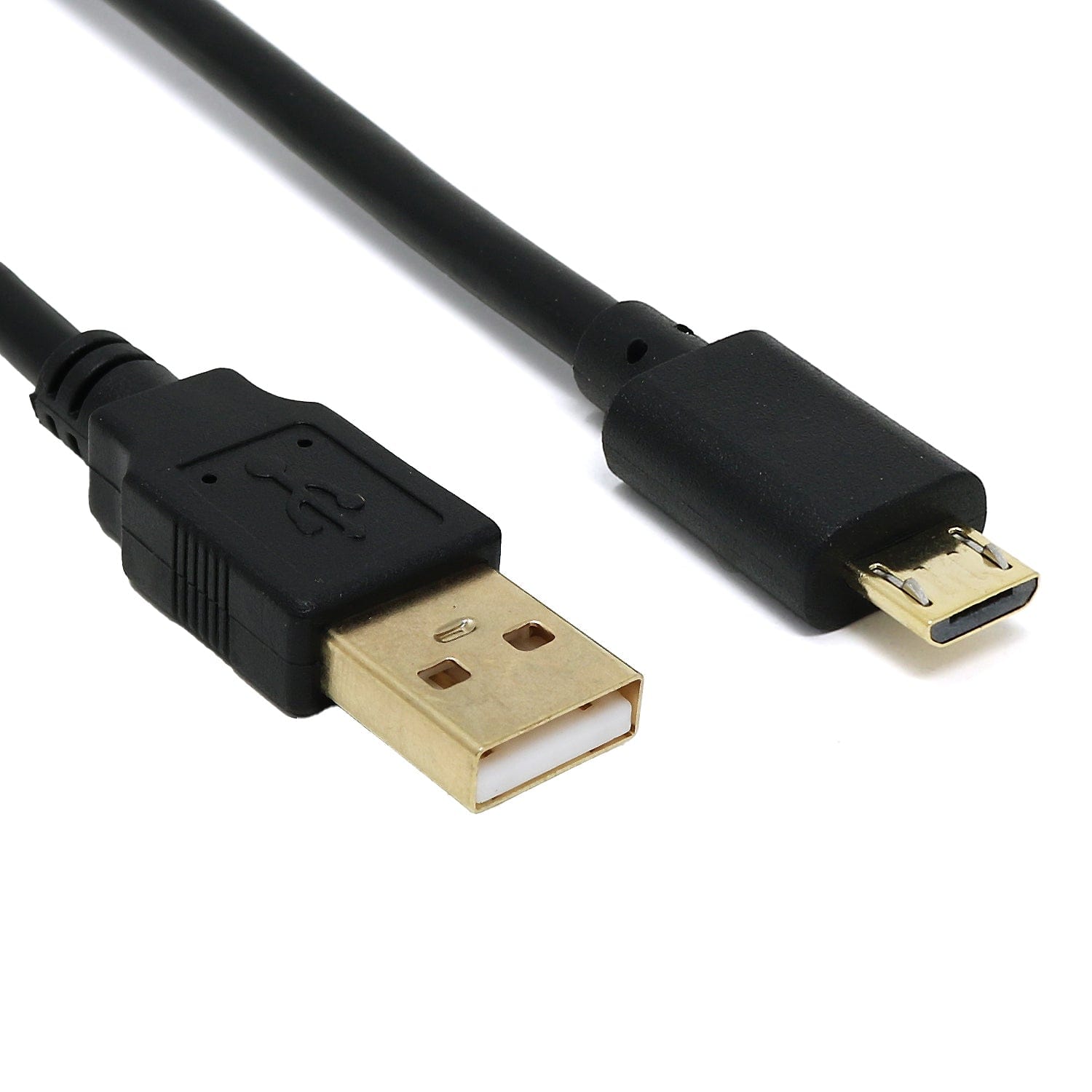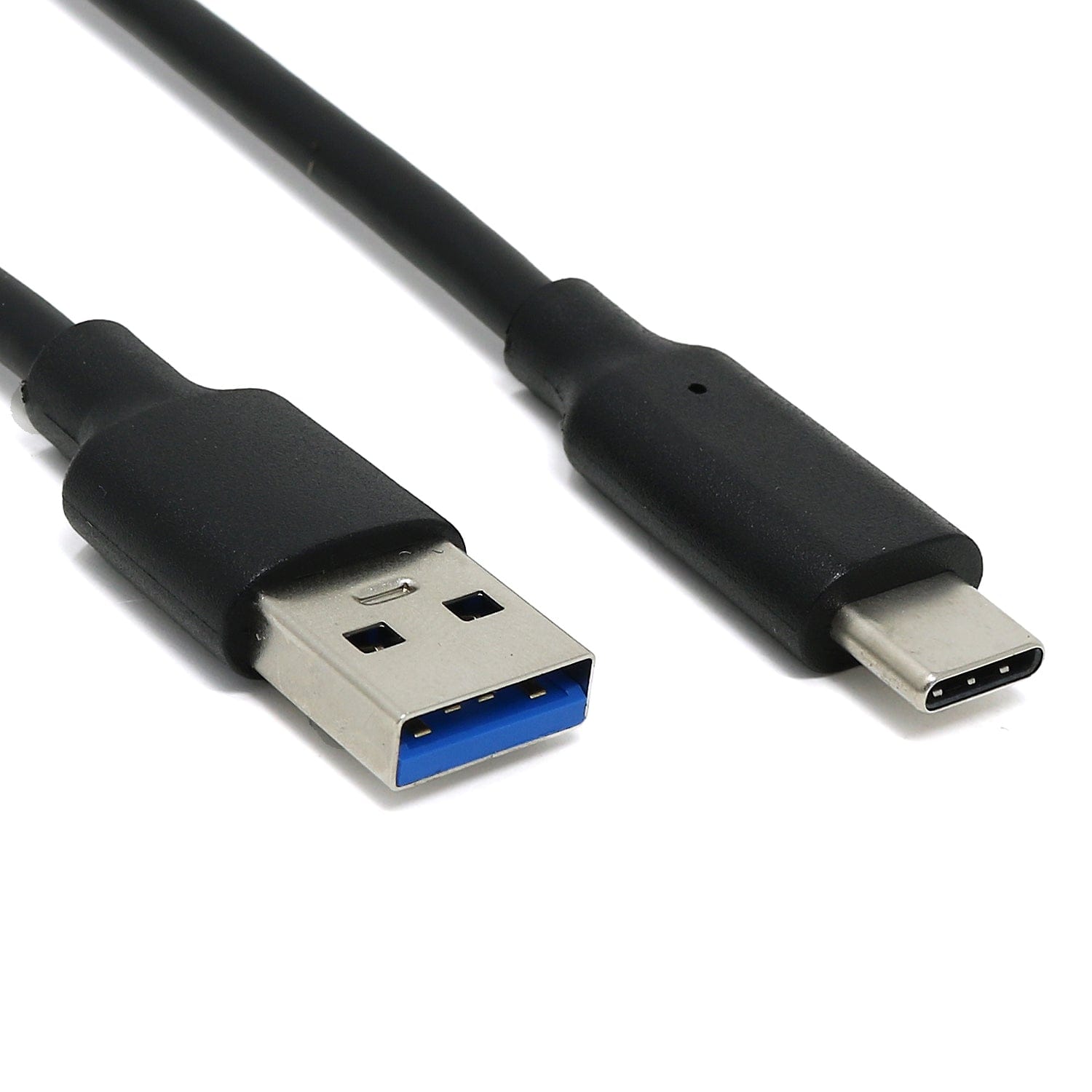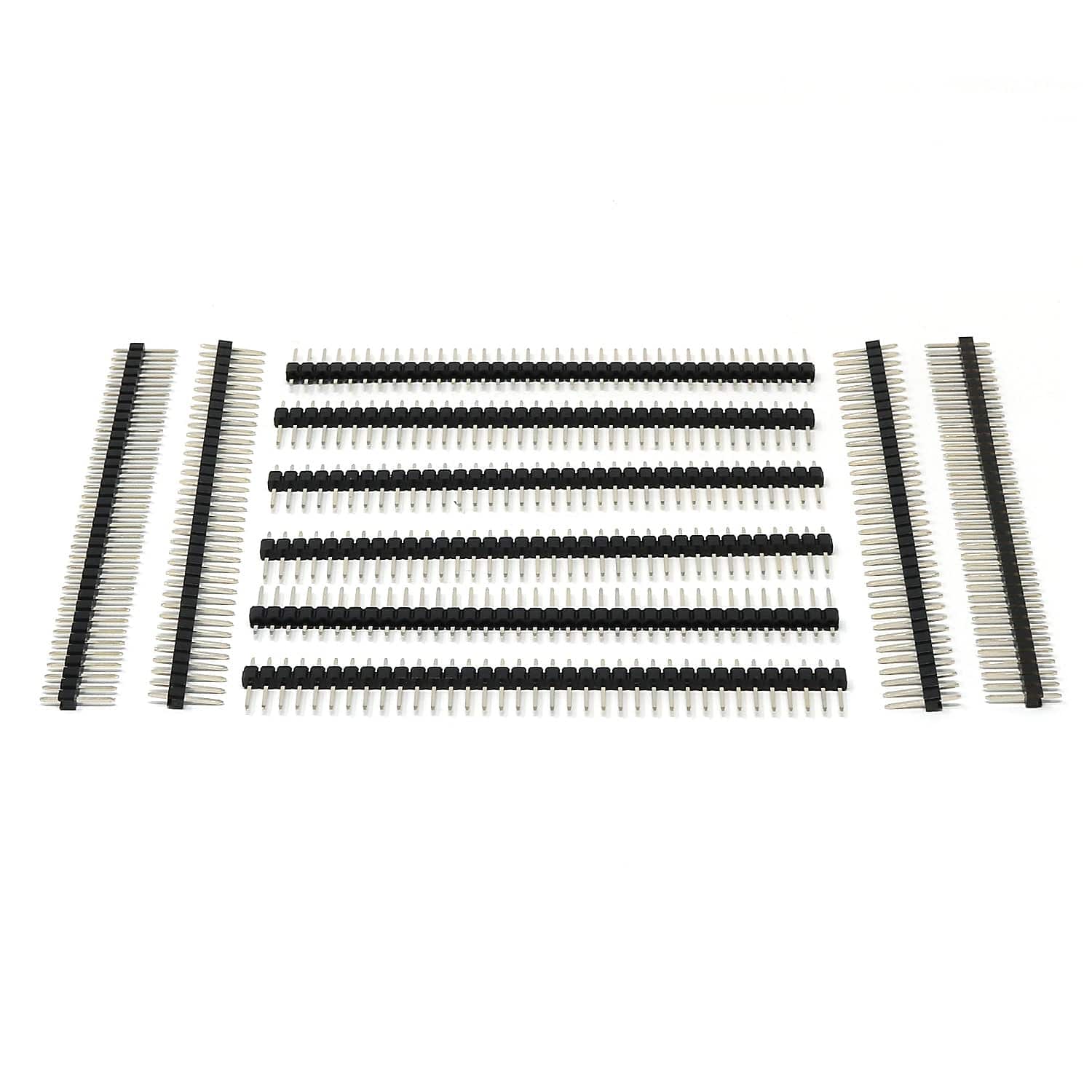
![TinyPICO V2 [Discontinued] by UnexpectedMaker - The Pi Hut](http://thepihut.com/cdn/shop/products/tinypico-v2-unexpectedmaker-28600080400579.jpg?v=1646117116&width=672)
![TinyPICO V2 [Discontinued] by UnexpectedMaker - The Pi Hut](http://thepihut.com/cdn/shop/products/tinypico-v2-unexpectedmaker-28600080302275.jpg?v=1646117120&width=800)
![TinyPICO V2 [Discontinued] by UnexpectedMaker - The Pi Hut](http://thepihut.com/cdn/shop/products/tinypico-v2-unexpectedmaker-28600080433347.jpg?v=1646117301&width=1000)
Login / Signup
Cart
Your cart is empty
![TinyPICO V2 [Discontinued] by UnexpectedMaker - The Pi Hut](http://thepihut.com/cdn/shop/products/tinypico-v2-unexpectedmaker-104203-28600108875971_750x.jpg?v=1646117114)
![TinyPICO V2 [Discontinued] by UnexpectedMaker - The Pi Hut](http://thepihut.com/cdn/shop/products/tinypico-v2-unexpectedmaker-28600080400579_672x.jpg?v=1646117116)
![TinyPICO V2 [Discontinued] by UnexpectedMaker - The Pi Hut](http://thepihut.com/cdn/shop/products/tinypico-v2-unexpectedmaker-28600080302275_800x.jpg?v=1646117120)
![TinyPICO V2 [Discontinued] by UnexpectedMaker - The Pi Hut](http://thepihut.com/cdn/shop/products/tinypico-v2-unexpectedmaker-28600080433347_1000x.jpg?v=1646117301)
TinyPICO is the world’s smallest, fully-featured ESP32 development board, designed to unlock the power of the ESP32’s dual-core 240MHz and internet connectivity, in a package smaller than your thumb!
Don’t be fooled by its size, TinyPICO is a super versatile proto-typing and development board for MicroPython and C, with USB-C for programming/power!
Unexpected Maker has filled every nook on this board, packing a massive 700mA 3.3V regulator, on-board battery management, an RGB LED, 4MB of extra PSRAM and 14 GPIO!
TinyPICO is tuned for ultra-low current use, dropping as low as 20uA when in deep sleep.
At only 18x32mm and 18x35mm
TinyPICO is the worlds smallest, fully-featured ESP32 development board
It’s also very breadboard friendly, offering lots of room on either side
TinyPICO has been designed with two isolated power paths: a 5 V path and a 3.3 V path. Any components that are not needed for operation via battery or via the 3.3 V power pin are isolated within the 5 V power path, and are totally shut down when no USB cable is plugged in.
In fact, even the power & charge LEDs are shut down when no 5 V power source is present.
Deep sleep has been optimised for all development platforms, and although it has been seen to go as low as 10 uA, the official current rating in deep sleep is 20 uA.
Note: TinyPICO includes an onboard APA102 RGB LED that has a quiescent current of 1 mA.
Thankfully there is a solution for deep sleep. GPIO13 controls the power to the APA102 using a P-Channel MOSFET via a high-side switch that can (along with smoother IO settings) shut down the power to the APA102 for you. It’s essential to do this before going into deep sleep to ensure the lowest current draw possible.
Unexpected Maker has created some helper functions for you in their TinyPICO MicroPython & Arduino helper libraries to make this easy. Please check the code in the platform you use to understand how to shut down the APA102 correctly as just pulling GPIO13 high is not enough.
Unexpected Maker has made TinyPICO hardware and software open source. You can find the design files and our code in the TinyPICO GitHub repository.
Please read the open-source licenses and branding rules to understand your obligations before you decide to use any of the files in your own projects. Thanks!
You can find out more about the TinyPICO development journey and history from here…

![TinyPICO V2 [Discontinued] by UnexpectedMaker - The Pi Hut](http://thepihut.com/cdn/shop/products/tinypico-v2-unexpectedmaker-28600080400579.jpg?v=1646117116&width=672)
![TinyPICO V2 [Discontinued] by UnexpectedMaker - The Pi Hut](http://thepihut.com/cdn/shop/products/tinypico-v2-unexpectedmaker-28600080302275.jpg?v=1646117120&width=800)
![TinyPICO V2 [Discontinued] by UnexpectedMaker - The Pi Hut](http://thepihut.com/cdn/shop/products/tinypico-v2-unexpectedmaker-28600080433347.jpg?v=1646117301&width=1000)






